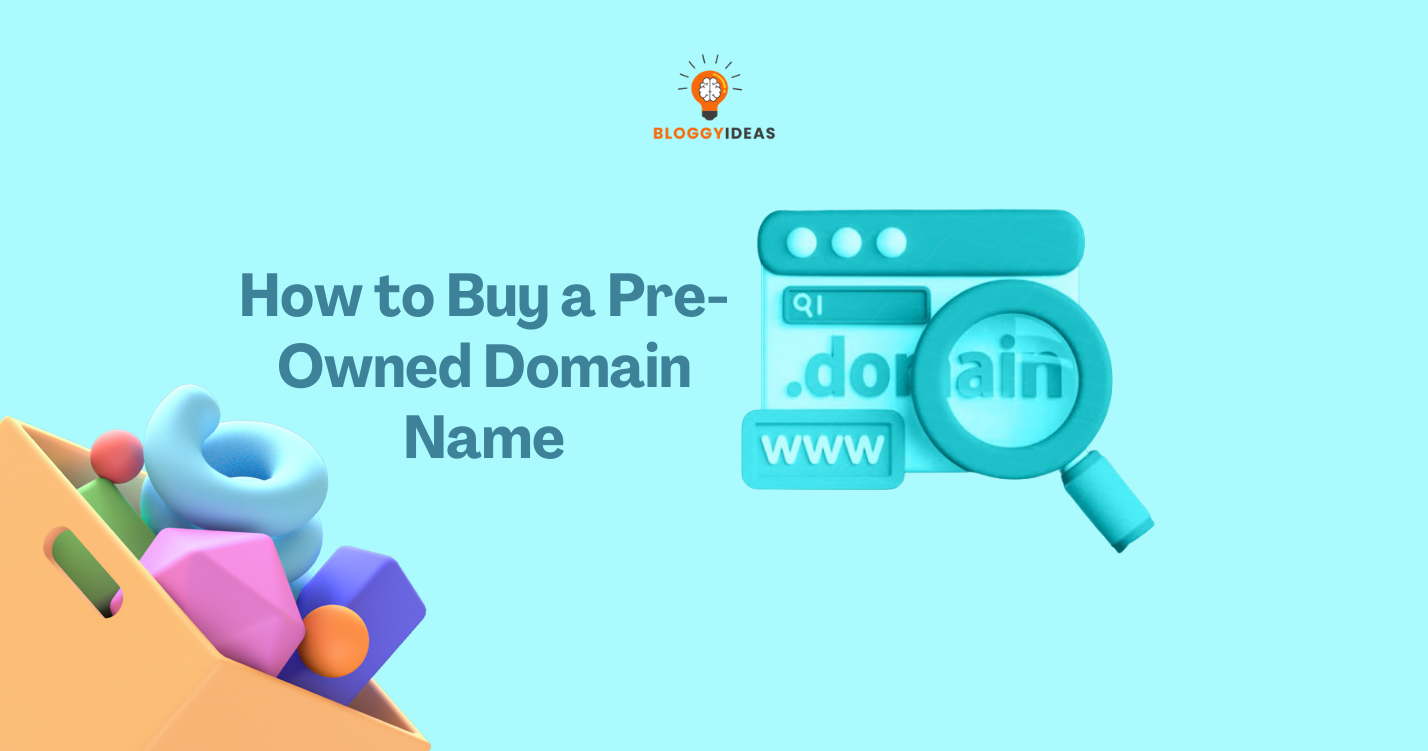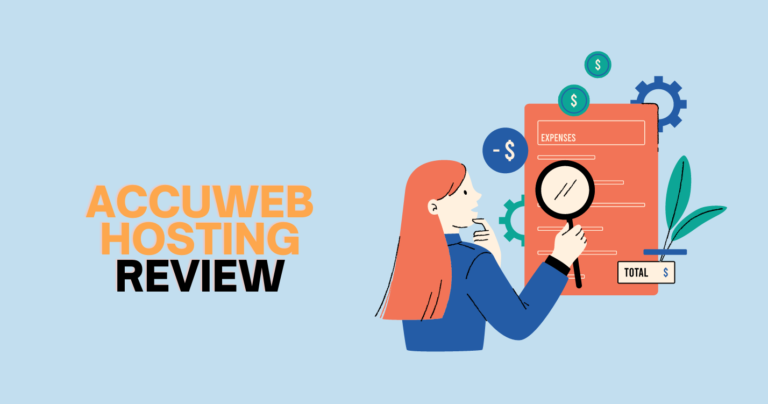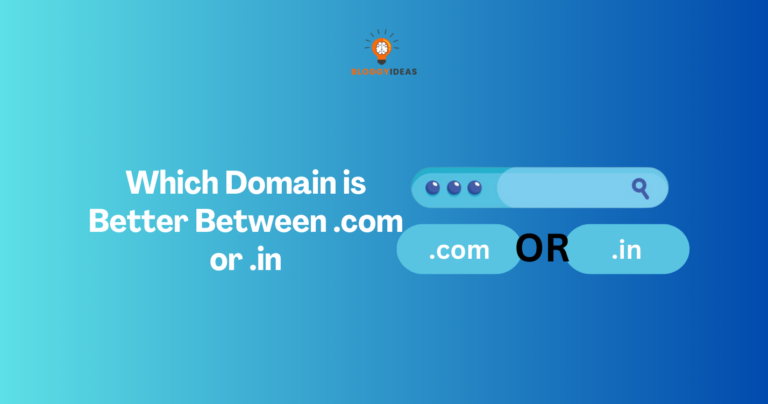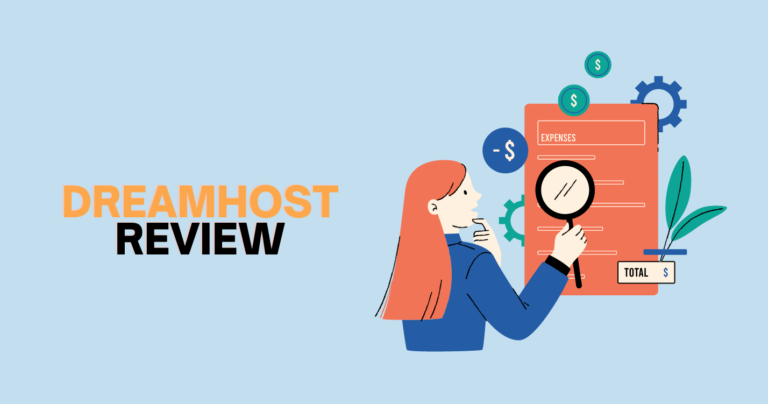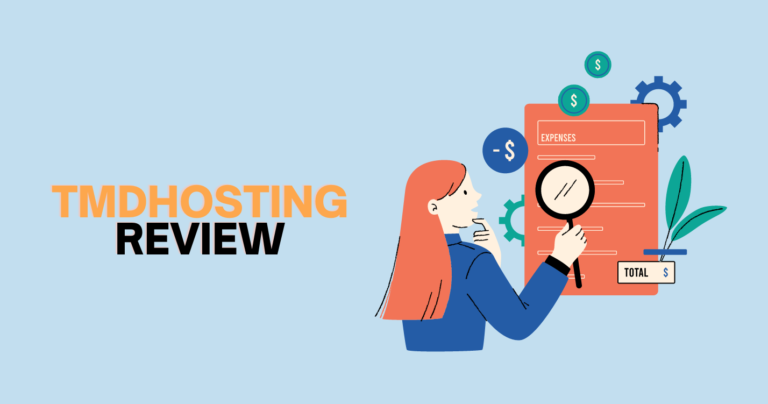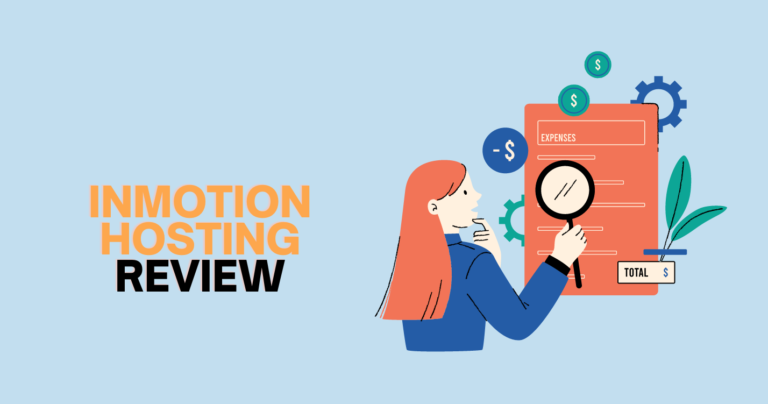How to Buy a Pre-Owned Domain Name
Selecting a domain name marks one of the most thrilling and critical phases in website development. Picture a name that’s exclusively yours, embodying your identity, values, and offerings. Isn’t it remarkable how a single name can serve numerous significant purposes?
Now, consider this scenario: You’re on Google, clicking on the top result for a domain registrar. Yet, upon searching for your desired domain name, the results display, ‘This Domain is Not Available.’
Quite disappointing, isn’t it?
Undoubtedly, your initial reaction to such search results might be, ‘I wish I could secure this domain name.’ What if that wish could indeed come true, and you could acquire the domain name from its current owner?
Yes, you read correctly! You have the opportunity to purchase a pre-registered domain name from someone else, and we’ll guide you through the process.
Why Do Individuals or Businesses Sell their Domains?
There are numerous reasons why individuals or businesses sell their domain names, with one of the primary motives being to generate profits. Consider this scenario: You desire a XYZ domain name, but it is already owned by ABC company. Determined to acquire the XYZ domain, you approach ABC to negotiate a purchase. They agree to sell it to you, but at a price higher than the original.
If you agree to their terms and pay the stated value, they make a profit. Essentially, they may have acquired the domain for ₹499, but they sell it to you at a price greater than its initial value.
Many individuals utilize this method to yield substantial returns over time, a practice commonly known as Domain Flipping.
Other reasons for selling domain names include business relocation or rebranding, financial requirements, pausing website development or launch, and responding to evolving market trends.
Now that you understand the motivations behind selling domain names, let us guide you through the process of purchasing a domain name from a third party.
How to Buy a Pre-Owned Domain Name
1. Researching the Desired Domain
The first step in acquiring a pre-owned domain is conducting thorough research. Suppose you’ve searched for a domain name only to find that it’s already owned by someone else. In that case, the next step is to uncover information about the current owner. To do this, you’ll need to utilize a domain lookup service or WHOIS lookup tool.
Within the tool, input the URL or domain name, and the search results will provide a comprehensive domain profile. This includes details such as the registrar’s information, status, name servers, IP address, IP location, ASN (Autonomous System Number), IP history, registrar history, hosting history, and other pertinent information.
Once you’ve gathered the owner’s data, you can initiate contact with them. However, before doing so, we advise evaluating the domain’s value, determining your budget for purchasing the domain, and exploring alternative options in case acquiring this domain proves challenging.
2. Contact the Domain Owner
The next step is to commence communication with the owner. There are two options to consider: Email and domain brokerage services.
By Emailing the Owner
This is a direct and commonly used method: searching the owner’s information through WHOIS lookup. Once you’ve collected the details, you can contact the owner by crafting a polite and professional email expressing your interest in purchasing their domain name.
Begin with a clear subject line: ‘Inquiry Regarding Purchase of Domain Name.’ Then, include a respectful greeting and explain the purpose of your email.
Maintain a professional yet sincere tone, acknowledging the owner’s perspective, as this may increase the likelihood of them selling the domain to you. Conclude by expressing your appreciation and conveying hope for a positive response.
Use a Domain Broker Service
You may consider using this solution when your schedule limits you, when you prefer to maintain anonymity, when you’re unfamiliar with purchasing and negotiating, or when the website owner has shielded their information with Domain Privacy Protection on WHOIS.
The appointed broker will handle the deal on your behalf. From pitching to negotiating and securing the domain, the agent will manage everything and ensure the completion of the arrangement within your budget.
The cost of engaging a domain brokerage service can vary depending on the complexity of domain negotiation, the value of the domain, and the reputation and experience of the service provider. They typically operate on a commission basis, with an average percentage ranging from 10-30% and sometimes more.
Domain brokerage services can be a worthwhile investment as you won’t need to micromanage them or navigate the complexities of orchestrating the agreement alone. Simply state your requirements and budget; they’ll handle the rest.
3. Negotiate the Price with the Owner
A sign of a great deal is closing it at your expected price. To achieve this, you need exceptional negotiation skills and patience. We recommend presenting your initial offer during the first interaction with the domain owner.
Ensure that your offer is reasonable and not excessive. It should be fair to both parties. Making an aggressive offer could lead to unfavorable outcomes, as the owner may lose interest in further discussions right from the beginning.
Another crucial factor is maintaining composure. Stay patient and open to communication and negotiations. While some deals may progress smoothly, others might be slow-paced and challenging. Remember to prepare counteroffers to secure the domain name at the best possible price.
4. Ensure A Secure Transaction
Let’s say the current domain owner has agreed to sell the domain name. You might assume that you’ll pay the owner and they’ll share ownership with you, and that’s it – the job is done. But no! The owner must officially transfer the domain name, and you must make the payment.
While some may agree to this arrangement, others might request payment first before initiating the transfer. Such scenarios can pose risks, but leveraging Escrow Services is an excellent solution.
The primary purpose of using Escrow Services is to streamline and safeguard the transaction and transfer process. Essentially, they act as a mediator between the seller (the domain name owner) and the buyer (the domain name seeker), where the buyer deposits payment to the mediator and requests them to hold it until the seller completes the full ownership transfer of the domain name.
5. Complete Domain Transfer Process
Before proceeding further, ensure thorough understanding of the ‘Owner Transfership Agreement’ and its clauses to prevent fraud. Pay close attention to the selling and payment terms, transfer timeline, and legal obligations. If the agreement aligns with discussions from both parties, you may initiate the transfer process.
Next, officially transfer ownership to the buyer’s name. It’s advisable to seek legal counsel from an expert before proceeding with domain acquisition. The professional will advise on the best approach to address any potential challenges, such as trademark issues or prior disputes.
Subsequently, the buyer and seller registrars will be involved to initiate the process by obtaining an authorization code, known as an EPP or transfer code, from the seller.
Upon receiving the code, ensure the domain is not locked from the seller’s end. If it is, request the seller to unlock it. Then, input the authorization code and confirm the transfer request.
Following the domain transfer process, the mediator will release the deposited amount to the seller. Allow a few days for confirmation, then adjust the domain’s DNS settings according to your hosting requirements.
Frequently Asked Questions
1. Are There Any Potential Scams or Frauds Associated With Buying Domain Names From Individuals Online?
Here are several scams related to purchasing domain names from individuals online:
- Stolen Domains
- Fake Ownership
- Phishing
- Pressured Pitching for Impulse Purchases
- Non-delivery of Domains
- Escrow Scams
- Domain Squatting
2. What Should I Do if the Current Owner of a Domain Name Is Unresponsive to My Purchase Inquiries?
Below are steps you can take to improve communication with an unresponsive domain name owner:
- Reach out on multiple platforms.
- Send follow-up emails.
- Utilize domain brokerage services.
- Present a fair deal.
- Monitor the domain’s status.
3. Can I Purchase a Domain Name From Someone in Another Country?
Yes, you can buy a domain name regardless of the seller’s location. Acquiring a domain name is not restricted by borders. However, it’s essential to comply with legal requirements, establish a thorough agreement, consider engaging a lawyer or domain broker, and utilize Escrow Services for a secure transfer.
Conclusion
Purchasing a domain name may appear daunting, but it’s quite straightforward when you meticulously consider the legal, financial, and logistical aspects. Exercise patience and diligence to steer clear of potential scams.
Related Resources:

